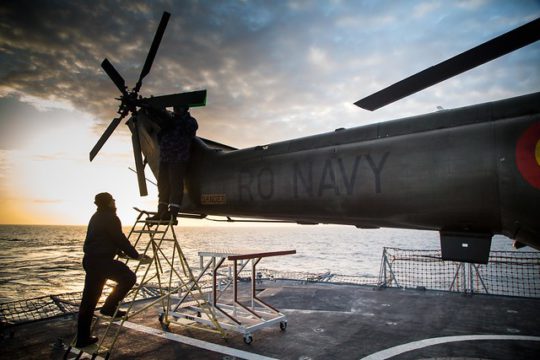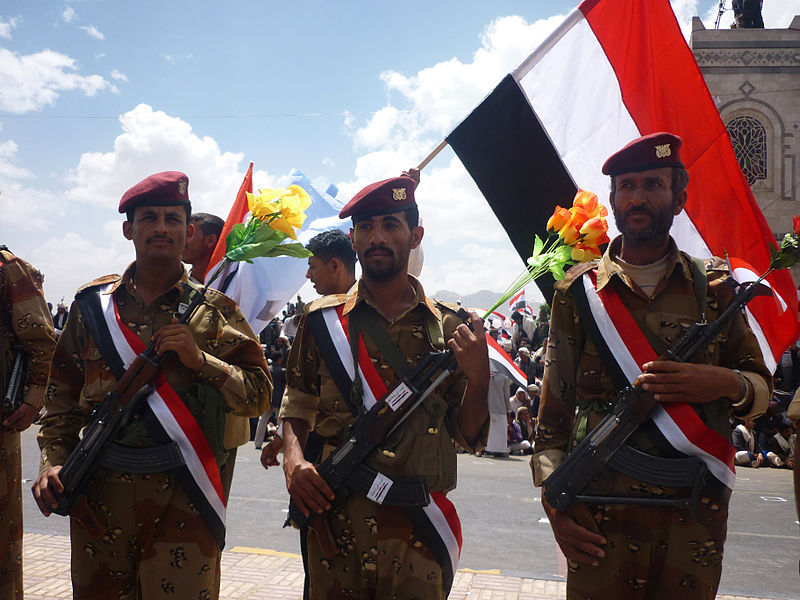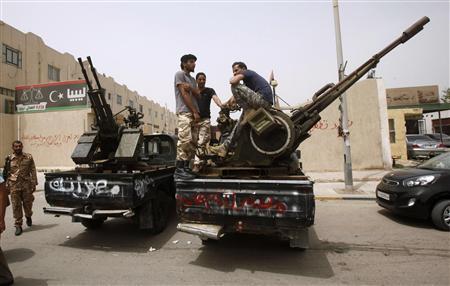Once upon a time, the Ancient Greeks referred to the Black Sea as the “Inhospitable Sea”, inspired by their navigational challenges and the hostile tribes living on its shores. The Black Sea has come a long way since then; today, its waters host vast energy deposits that are traded globally, busy shipping lanes, and countless tourists. The diverse region connecting Europe, Asia, and the Middle East has been geopolitically significant for centuries. Most recently, the Black Sea has undergone a security transformation as a result of Russian actions that have jeopardized European security and international norms. Now, the area is of crucial importance to NATO.
Rising tensions
Three of the six countries bordering the Black Sea are NATO members (Turkey, Bulgaria, Romania), while two are NATO partners (Ukraine and Georgia). The only littoral state not directly affiliated with NATO is Russia, which views NATO expansion and activity in the region as encroaching on its sphere of influence. Moscow seeks to use the Black Sea region as a platform for projecting power onto its former satellite states; it has demonstrated this intent numerous times through gas disputes with Ukraine, the conflict with Georgia and the annexation of Crimea. More broadly, Russia appears to be increasing its A2AD (Anti-Access/Area Denial) capabilities to restrict potential adversaries’ freedom of navigation and access to the Black Sea. Over the past few years, Russia has increased the number of soldiers in the region, modernized its Black Sea Fleet and used the fleet to support its operations in Syria.
The most recent incident that has raised concerns about the future of the Black Sea took place in November 2018. Two Ukrainian navy boats and a tugboat were traveling to the Kerch Strait, which connects the Black Sea to the Sea of Azov and physically separates Crimea from Russia. The Sea of Azov is home to most of Ukraine’s coastline, including important ports like Mariupol and Berdyansk. Russian ships off the coast of the Crimean peninsula forcefully seized the Ukrainian boats and took two dozen sailors captive, claiming that they had entered Russian waters. This seizure was condemned by NATO and many countries including Canada, with Foreign Affairs Minister Chrystia Freeland calling on Moscow to release the vessels and sailors, and restore freedom of navigation through the area.
According to a 2004 treaty between Ukraine and Russia, the Azov Sea and Kerch Strait are shared waters and most of the world still considers Crimea and its coastal zone part of Ukraine. However, since its annexation of Crimea in 2014, Russia has laid claim to the Kerch Strait by militarizing the area, opening a bridge connecting Crimea to Russia and establishing a customs inspection regime for vessels headed to Ukrainian ports. These actions have perturbed Kiev, which is worried that Russia may attempt to blockade some of its vital ports. Similarly, the militarization of the region has alarmed NATO, leading the Alliance to take actions to ensure that its Black Sea allies and partners are secure.
Featured Picture: Black Sea Map. Licensed under Wikimedia.
The Alliance and the Black Sea
There are two factors that limit NATO’s activities in the Black Sea: the Montreux Convention and the demands of the littoral states. The Montreux Convention is a 1936 agreement recognizing Turkey’s sovereignty over the Bosphorus. It prohibits warships from non-Black Sea nations from staying in the Sea for over 21 days and sets various tonnage and quantity restrictions. In addition to the Convention, NATO actions are partially dependent on the differing wishes of its Black Sea members and partners. For instance, Romania has continuously advocated for an increased presence in the region, especially since Russia’s Sevastopol Naval Base (which is the base of the Russian navy and the Black Sea Fleet) is very close to Constanta, the largest port on the Black Sea. Unsurprisingly, Ukraine has also strongly supported NATO activities in the region. On the other hand, Bulgaria has opposed the increased deployment of NATO forces, citing fears about deterring tourists and deteriorating relations with Russia.
NATO has made the Black Sea a priority in order to ensure the safety of its allies and partners and to send a countersignal to Russian aggression. In the 2016 Warsaw Summit, the Allies agreed to establish a tailored forward presence “on land, at sea and in the air” in the Black Sea, noting that Russia’s actions and policies “reduced stability and security, increased unpredictability and changed the security environment.” NATO Foreign Ministers reaffirmed this earlier statement at their meeting in Washington DC in April, where they pledged to improve the Alliance’s presence in the Black Sea through increased training, visits, and information sharing. There have also been reports of discussions surrounding plans to ensure the safe passage of Ukrainian ships through the Kerch Strait.
In addition to expanding support to Ukraine, NATO has continued to convey its resoluteness and capabilities through patrols, port calls and exercises in the area. In 2018, NATO ships spent 120 days in the Black Sea, compared to 80 in 2017. Romania also led Exercise Sea Shield just last month, where 5 ships from Standing NATO Maritime Group Two and 20 ships and crews from Romania, Bulgaria, Canada, Greece, the Netherlands, and Turkey practiced tactics against underwater, air and surface attacks.
The Russian Foreign Ministry has criticized NATO’s bolstered presence and accused the Alliance of “undermining regional stability”, stating that Moscow “will respond in kind”. These statements have failed to deter NATO and the Alliance continues to encourage dialogue with Moscow.
Going forward
While it is unlikely that there will be a serious military confrontation between NATO and Russia in the Black Sea, NATO still needs a clear policy to ensure the stability of the region. Thus far, NATO actions in the Black Sea have demonstrated the Alliance’s commitment to proportional defense and deterrence. However, there is also only so much that the Alliance can do alone. It is vital that all organizations that have a stake in the wellbeing of the region – such as the European Union and the OSCE[JM1] – cooperate to ensure that the Black Sea and its littoral states are safe, prosperous and stable.
Disclaimer: Any views or opinions expressed in articles are solely those of the authors and do not necessarily represent the views of the NATO Association of Canada.
Featured Picture: Technicians check the tail rotor on a Romanian Navy IAR-330 Puma NAVAL helicopter in the Black Sea (February 9,2018), by North Atlantic Treaty Organization via Flicker. Licensed under Creative Commons.





